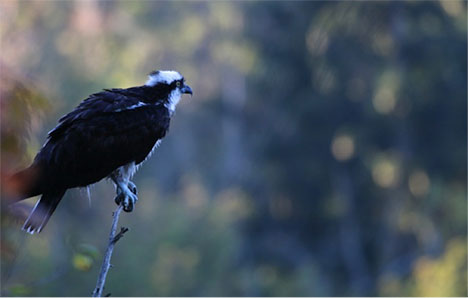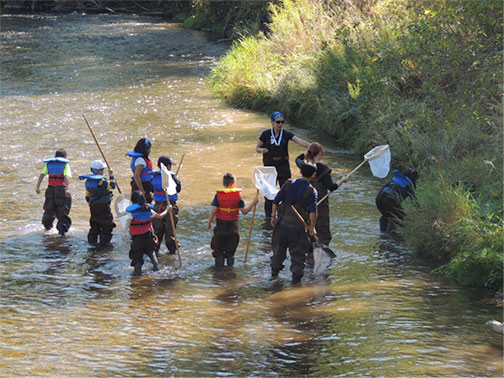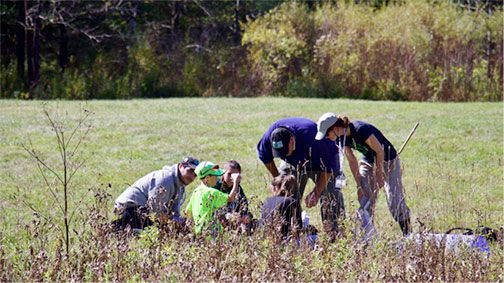IMPORTANT NOTE
Dear members,
Bird sightings from currently restricted areas will not be posted. This includes all conservation areas and any properties associated with the Bruce Trail.
We will adjust the Spring Birding Challenge as required in this rapidly changing crisis. For now, sightings from your own properties are most welcome.
Don Scallen
Acting President
Halton/North Peel Naturalist Club
Spring is almost sprung, and even in the midst of a global pandemic, overwintering birds are still around, some spring migrants are already here, with many more to come on their northerly migration.
So, whether you are self-isolating, or being good citizens and practicing social distancing, the birds are still out there, and there’s no need to distance yourself from them – they will almost always be the ones to decide when you come too close!
And since we are now not getting together in social groups as we have in the past, here’s an opportunity to still be involved with the Club, and hopefully have fun at the same time.
We are proposing to set a goal of collectively identifying 200 species of birds in the Halton and Peel Regions between now and Saturday 21 June, the end of Spring.
It’s easy to do, and there are 2 ways to do it. First, just create a checklist of what species you can identify, including the numbers of each species, along with your location and any pertinent comments like nest building, courtship, feeding young, etc and simply email that to me.
Secondly, and even better, is using eBird, which is a wonderful tool I have talked about before. I know some of you are already eBird users, but if you are not, it’s easy (and free) to create and set up an account at ebird.org. Once you’ve done that, you can enter your sightings on their website. Or better still, download the mobile app to your phone from either Google Play or the App Store. With the mobile app, you can enter your sightings on the fly, and you can even choose to track the location where you are birding. I have been using the website for a few years now, but recently I have been using the
mobile app, and if I can use it, anybody can!
In addition, eBird keeps a log of all your checklists, species seen, locations and much more. You can also search for sightings in any region you choose, you can search for a particular species of interest, the list goes on…..
And, very importantly, all the data entered contributes to science and conservation – and what naturalist club member doesn’t want to do that? Then, just share your checklist with me!
A total list of species seen will be posted on the Club website every few days, and the idea is to accumulate as many species as possible.
So, let’s look out there and see if we can get 200 species. Good luck and happy birding! For the time being, we will stay in and around our homes. As the conditions improve and we are able to venture farther away from our residence, our hot birding spots will become our objective.
TARGET: 200 species by the end of spring. If you have a photograph of a bird you can’t identify, send it along.
E-Mail your list and any questions to Ian Jarvie (auldscot1@cogeco.ca)







 “They’re not used to looking for a car or a truck coming”, says terrestrial ecologist.
“They’re not used to looking for a car or a truck coming”, says terrestrial ecologist.




